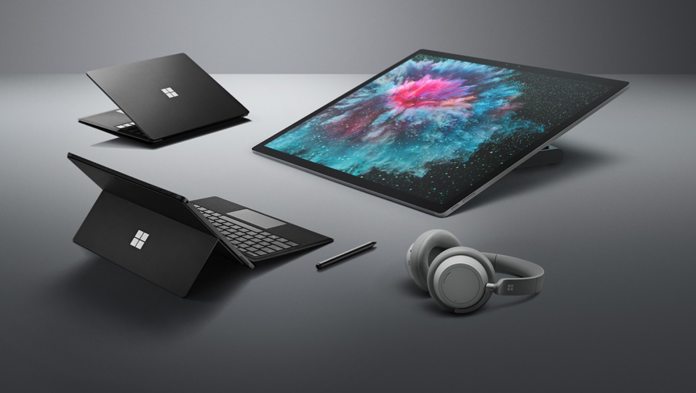The information comes from Thurrott’s ever-reliable Brad Sams, who recently published his book on the brand, Beneath a Surface. However, it’s clear that though ARM-based Windows devices have made significant progress, they’re not yet able to provide the same stability and power as Intel. “Make no mistake, the days of everyone using an ARM-powered laptop or desktop is still several years, or longer, away,” said Sams. “…but as both Microsoft and Qualcomm continue to push forward, there is no doubt that they’re making serious progress in terms of performance at the chip and OS level.”
Slow Progress
Its likely performance was a factor in Microsoft’s decision to forgo Snapdragon in the Surface Go, but reports also suggest Intel “petitioned heavily” to get its chips in the device. Though ARM on Windows 10 has its issues, it can promise close to double the battery life. An ARM-based Surface Pro could one day eliminate the need to carry a charger everywhere you go, with up to 20 hours of life. So far, there are offerings from Lenovo and soon Huawei, but ARM laptops haven’t taken off as quickly as some expected. A commitment from Microsoft may be just what its partners need, with the powerful Snapdragon 8cx chip expected to launch soon.




